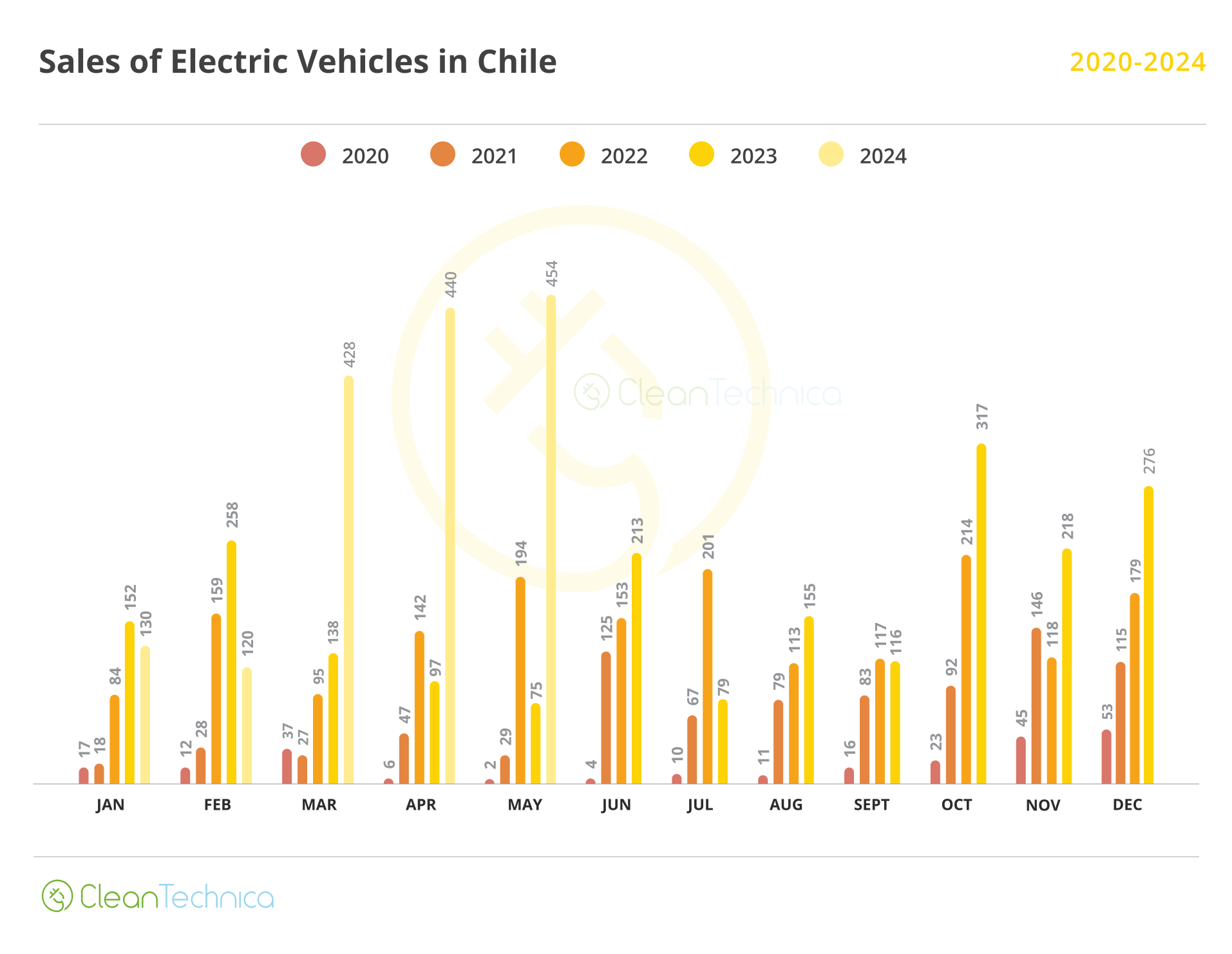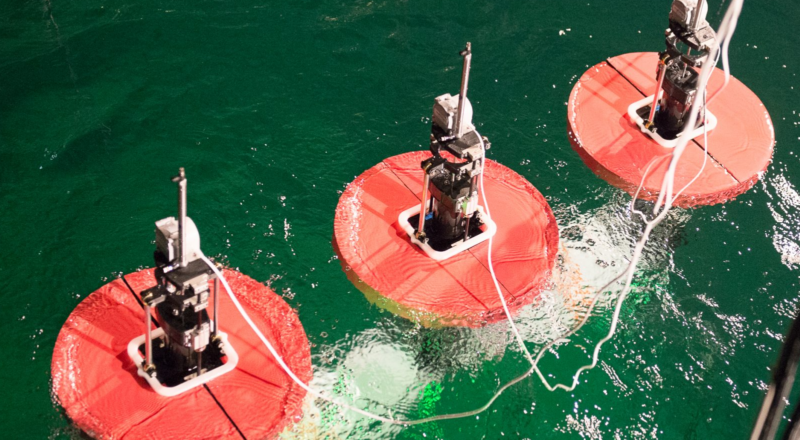Sign up for daily news updates from CleanTechnica on email. Or follow us on Google News!
Rondo Energy is commercializing systems that reduce the carbon footprint of industrial systems that rely on process heat, which can be anything from the heat needed to cook food to converting iron into steel. According to the US Department of Energy, industrial process heat is the use of thermal energy to produce, treat, or alter manufactured goods. It is the most significant source of energy use and greenhouse gas emissions in the industrial sector, accounting for about 50% of all onsite energy use and 30% of greenhouse gas emissions. Process heating systems are emissions-intensive because fossil fuel combustion provides 95% of industrial heat across the manufacturing sector.
Process heating systems raise or maintain the temperature of materials involved in the manufacturing process, such as the melting of scrap in electric arc furnaces to make steel, separating components of crude oil in petroleum refining, drying paint in automobile manufacturing, or processing food for safe consumption. Application temperatures range from 80°C to pasteurize milk and cream to over 1000°C to make cement.
Companies like Rondo Energy use renewable energy when it is abundant and therefore inexpensive to heat rocks, bricks, or molten metals to red hot temperatures. That heat can be called up later to replace fossil fuels for a wide range of hard to decarbonize industries. In so doing, it can provide renewable energy that is available at any time of the day or night. Joule is another company doing something similar. The technology is relatively simple, but the companies making various forms of thermal energy storage today must prove they can scale up their projects enough to replace all the different kinds of process heat for industrial applications in a reliable and cost effective way.
Rondo Energy Attracts Several Customers
Rondo Energy is starting to clear this hurdle. Canary Media reports that in the past few months it has begun putting its technology to work at a half dozen industrial sites in the US and Europe, ranging from food and beverage processing plants to chemicals and cement production facilities.
In the US, the refractory brick blocks from Rondo Energy started supplying heat to an ethanol plant in California last year. Its heat batteries, which can reach temperatures of 1500° Celsius, are scheduled to be installed in distilleries in Illinois and Kentucky and at a plastics recycling facility being built in Texas. Both projects will be backed by Department of Energy grants.
In Europe, Rondo Energy has won a commitment of €75 million from Breakthrough Energy Catalyst, the European Commission, and the European Investment Bank. The funding will support projects at a chemicals plant in Germany, a green industrial park in Denmark, and an unnamed food and beverage processing facility. The new projects follow a $60 million investment round last year that included Breakthrough Energy Catalyst and Energy Impact Partners, as well as “a whole host of industrial groups wanting to use Rondo for their particular application, from mining and minerals to textiles and cement,” Eric Trusiewicz, CEO of Rondo Energy, told Canary Media.
Among those strategic investors are mining giant Rio Tinto, chemicals manufacturer SABIC, SDCL Energy Efficiency Income Trust, and Siam Cement Group, a major cement manufacturer that also produces the refractory bricks used in the Rondo heat batteries. The technology itself is well known — refractory brick has been used to store heat in steel blast furnaces for more than a century. The funding Rondo is getting for its European projects will help finance “two to three first of a kind projects in a series of industries,” Trusiewicz said. That’s important because industrial companies want to see successful implementations in facilities similar to their own before committing to costly and time consuming retrofits
So do Rondo’s prospective financial backers. Besides selling its heat batteries directly to customers, Rondo offers “heat as a service agreements,” in which it bears the cost of installing and operating its systems, then earns back those costs by selling clean industrial heat to its customers. Ensuring an adequate payback on those investments is a critical part of that equation. Financial backers of these projects will need proof that the carbon emissions reductions and energy cost savings ultimately outweigh the upfront costs. Cheap and abundant zero emissions electricity is vital to the process.
The Need For Abundant Renewable Energy
“One of the things that companies have to think through as they’re switching fuels is, how do we get enough renewable or carbon-free electricity to meet the growing electricity requirements?” said Blaine Collison, executive director of the Renewable Thermal Collaborative, a global coalition of companies and organizations working to decarbonize industrial heating and cooling.
While solar and wind power are already cheaper than electricity from newly built thermal generating plants in the US and Europe, lower production costs do not always translate to lower energy prices for industrial customers, unless those customers are able to procure their own renewables supplies or work with utilities to secure favorable rates for the clean energy they buy.
“Our members are working on their own renewable electricity procurements,” Collison said. “How and whether thermal storage pencils as an opportunity depends hugely on whether a customer has access to deregulated electricity markets, wholesale pricing, modern industrial rates — and the ability to get renewables on supply schedules with how thermal storage works.”
John O’Donnell, Rondo Energy founder and chief innovation officer, said in some parts of the world, such as California, Australia, Denmark, and west Texas, there is already more clean energy available than there is demand for electricity, driving wholesale power prices below zero dollars per megawatt-hour and forcing renewable projects to curtail output. That’s when energy storage shifts from having to pay for the power it’s absorbing to potentially being paid for the service of storing it. The cost and carbon savings that come from not needing to buy and burn fossil fuels can produce financial savings that add up quickly.
Rondo Energy & ROI
“What’s the price of burning fuel, plus carbon emissions? That is very variable,” he told Canary Media recently. In Europe, where the price of fossil gas is much higher than in the United States and where industrial companies bear the cost of carbon emissions under emissions trading systems, “it is two or three times what it is in the United States.” These are the kind of economics driving Portuguese clean energy developer EDP to finance up to 2 gigawatt-hours of Rondo’s heat batteries for commercial and industrial customers in conjunction with building up to 400 megawatts of new wind and solar projects. “That’s because the numbers work there now,” O’Donnell said.
The Rondo Energy thermal storage system can do more than supply process heat. It can be used to generate high pressure steam for direct use in industrial processes such as cement-making, which requires very high temperatures to separate limestone into its component elements. CleanTechnica readers know there are companies already commercializing ways to avoid using limestone at all, such as Sublime Systems. High temperature steam can also be used to power turbines that make electricity the old fashioned way.
Energy storage built from bricks and electric heating elements is cheaper than the lithium-ion batteries that have become the primary energy storage resource for renewable-rich grids today, O’Donnell said. He estimates that Rondo Energy can generate electricity for as little as $20 per MWh, compared to around $140 per MWh for lithium-ion storage batteries as reported by Bloomberg NEF in November. The Rondo technology cannot provide grid stabilization functions the way battery storage can, however.
Whether Rondo Energy can become successful will depend on how quickly its technology stops being seen as new and is seen as conventional in the industry. “We’ve been in commercial operation for a year. Proving that its rates of return on capital invested are the same or better than conventional renewables — “that’s the journey we’re on,” O’Donnell said. For more about the economics of heat storage, please see Michael Barnard’s recent article on this subject.
The Takeaway
Lots of industries are relying on an abundance of cheap renewable energy. Some see it as a way to desalinate seawater, others imagine it powering massive green hydrogen facilities, while still others see it as the answer to powering the transition to zero emissions vehicles or powering data centers. But there is a catch. There is not enough renewable energy yet to displace what we get from thermal and nuclear generation and it will be decades before that happens.
Have a tip for CleanTechnica? Want to advertise? Want to suggest a guest for our CleanTech Talk podcast? Contact us here.
Latest CleanTechnica.TV Videos
CleanTechnica uses affiliate links. See our policy here.
CleanTechnica’s Comment Policy





